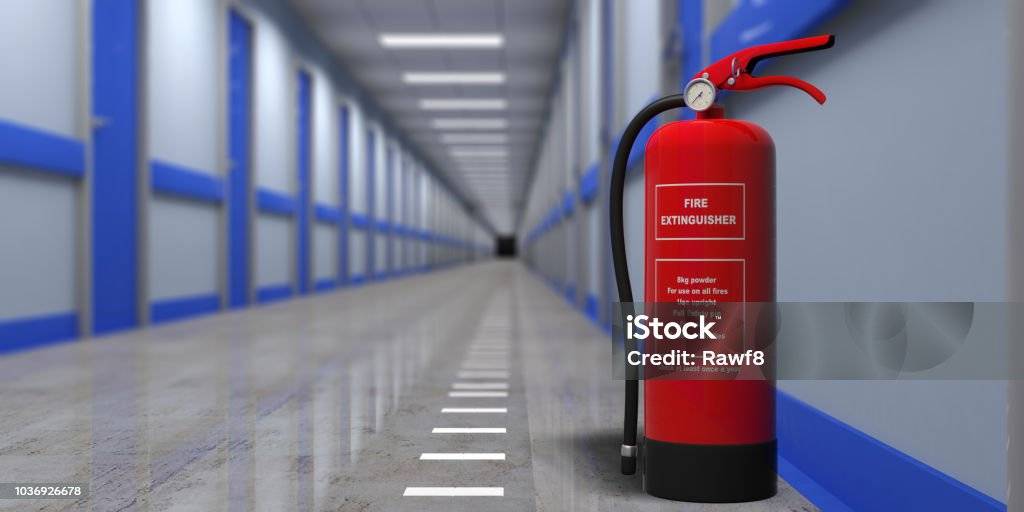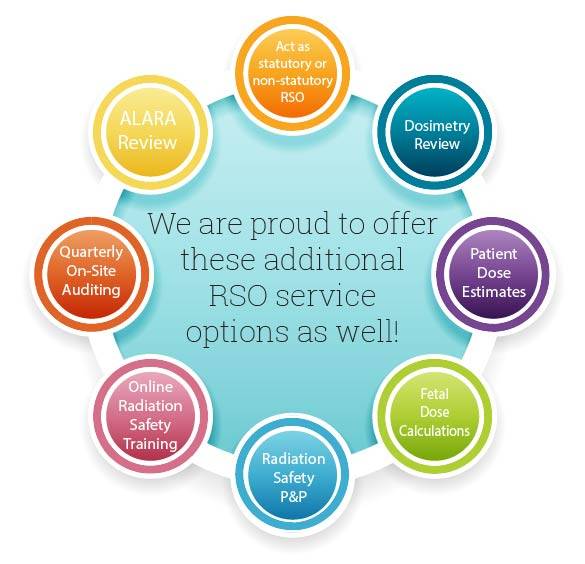Code Red in Hospital Emergency Protocol: Fire or Smoke Emergency
Code Red is the standard emergency code used in hospitals to indicate a fire or smoke-related emergency. This alert is designed to prompt hospital staff to implement fire safety protocols, ensuring the safety of patients, visitors, and personnel while mitigating damage to property.
In this detailed guide, we’ll explore the specific procedures involved in responding to a Code Red, along with the equipment used in fire emergencies and their roles.
What Does Code Red Mean in Hospitals?
Code Red signals the presence of fire, smoke, or any condition requiring immediate fire safety measures. It ensures a systematic and organized response, minimizing risk and confusion.
Equipment Used in a Code Red Emergency
- Fire Extinguishers
- Purpose: To suppress small fires before they spread.
- Types Used in Hospitals:
- Class A: For fires involving combustibles like wood and paper.
- Class B: For flammable liquids such as alcohol or chemicals.
- Class C: For electrical fires.
- Placement: Strategically located in corridors, patient rooms, and near equipment areas.
- Smoke Detectors and Fire Alarms
- Purpose: Early detection of smoke or fire to trigger alarms.
- Features:
- Heat sensors.
- Audible alarms to alert staff and initiate evacuation procedures.
- Direct connection to central monitoring systems.
- Sprinkler Systems
- Purpose: Automatic fire suppression by releasing water.
- Functionality:
- Activated by high temperatures.
- Targets specific areas to minimize water damage in unaffected zones.
- Fire Blankets
- Purpose: Smother flames on individuals or small fires.
- Usage: Made of fire-resistant materials, these blankets cut off oxygen to extinguish flames.
- Emergency Lighting
- Purpose: To ensure visibility during power outages caused by fire.
- Types:
- Battery-operated LED lights.
- Illuminated exit signs for guiding evacuation.
- Fire Doors
- Purpose: To contain the spread of fire and smoke.
- Features:
- Automatic closing mechanisms when alarms are triggered.
- Fire-resistant materials to withstand high temperatures.
- Personal Protective Equipment (PPE) for Staff
- Purpose: Protect staff members responding to fire emergencies.
- Components:
- Fire-resistant gloves.
- Masks to prevent smoke inhalation.
- Eye protection to guard against debris or heat.
- Evacuation Chairs and Stretchers
- Purpose: To assist in evacuating non-ambulatory patients.
- Features:
- Lightweight and foldable for ease of transport.
- Fire-resistant materials for added safety.
- Communication Devices
- Purpose: Facilitate coordination among staff and emergency responders.
- Examples:
- Walkie-talkies.
- Emergency intercom systems.
Code Red Protocol: Step-by-Step Response
- Detect and Report:
- Locate the fire or smoke source.
- Activate the nearest fire alarm.
- Call the designated emergency response number in the hospital.
- Contain the Fire:
- Close all doors and windows in the affected area.
- Turn off electrical equipment if safe to do so.
- Evacuate Patients and Visitors:
- Use evacuation chairs and stretchers for non-ambulatory patients.
- Follow marked evacuation routes and exit signs.
- Suppress Small Fires:
- Use the appropriate fire extinguisher only if it is safe to do so.
- Await Emergency Services:
- Firefighters and emergency responders take over for large-scale fires.
Training Hospital Staff for Code Red
Hospitals conduct regular fire drills to ensure staff are familiar with:
- Locating and using fire extinguishers.
- Following evacuation protocols.
- Assisting patients during emergencies.
- Communicating effectively during a Code Red.
Conclusion
A well-executed response to Code Red relies on both staff preparedness and access to essential fire safety equipment. Hospitals are equipped with advanced systems, from smoke detectors to sprinkler systems, ensuring the highest level of safety for everyone in the facility.











Leave a Reply